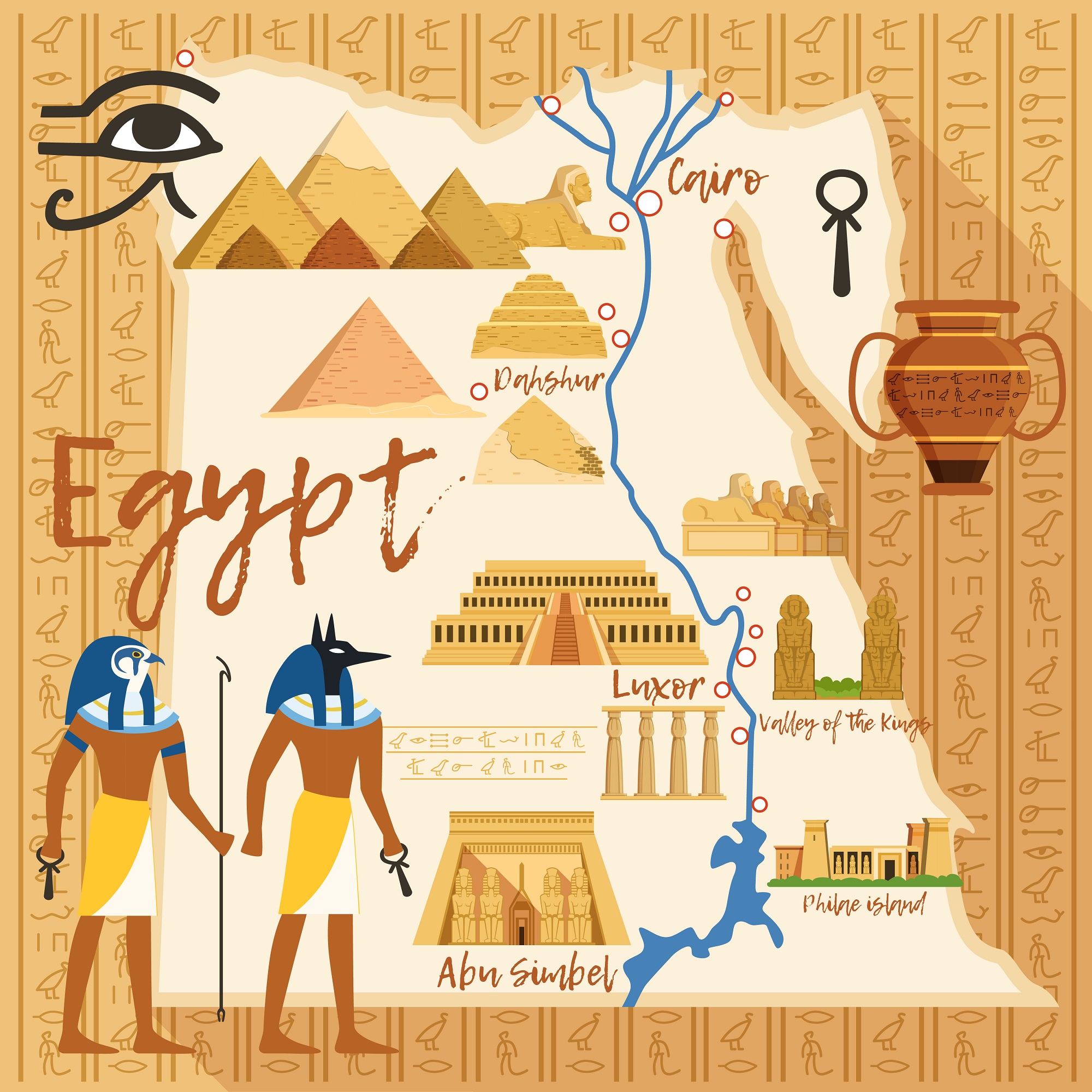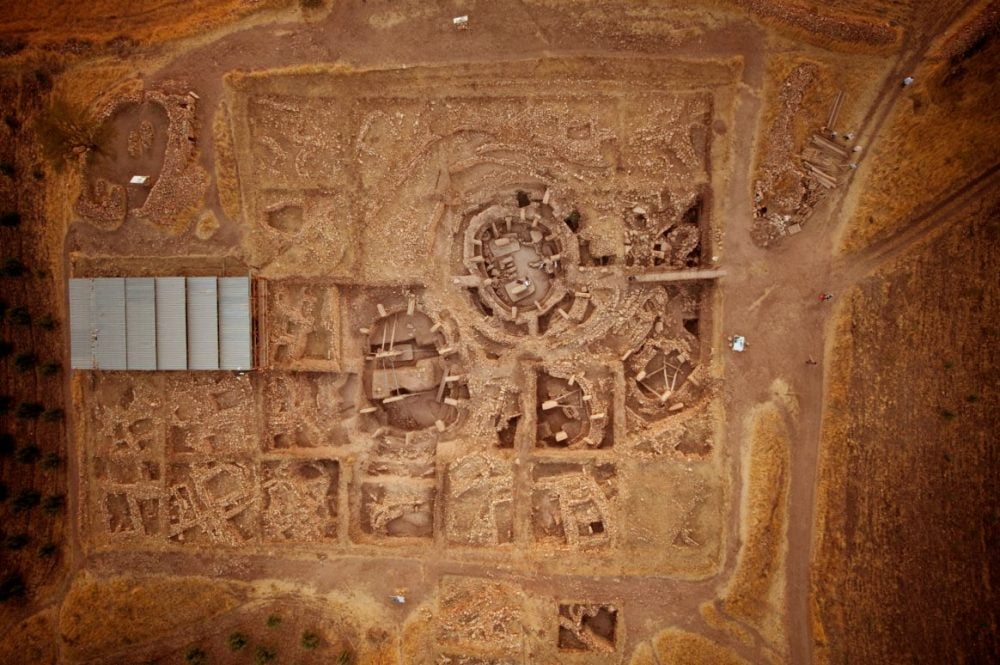The Rise of the Ancient Egyptian City Explained in 3 Interesting Facts

But ancient Egypt, its many treasures and architectural wonders would have been nothing without the great people that helped build it.
These people, in turn, would not exist had they not developed some of the greatest cities in the African continent.
But what exactly is a city? How do we define it? I am currently reading various books relating to ancient Egypt, and one of them is called the “Complete cities of Ancient Egypt.” Steven Snapes wrote this book, and it offers an unpreceded view of not only the cities of ancient Egypt but at the ancient Egyptian society in general.
As Snape reveals, the definition of a city is relative, which doesn’t make defining it easier. For example, in sparsely populated Norway, he writes, a center with a population of 20,000 people is a city. However, in other countries such as Britain, a center that is home to a population of around 100,000 people is regarded as a large town. Therefore, the definition of a city is relative.
There are various factors that need to be taken into consideration, and the functions of the center are essential. Sanes explains that a city is generally regarded as a population enter with a cluster of assets that relate to a region larger than its own immediate hinterland. The government is perhaps the most important example of this, but so are economic institutions and religious centers.

The Urbanization of Egypt
We can probably trace back the very birth of Egypt to a period called the Late Predynastic Period dating back from circa 3,500 BC to around 3,000 BC. The best examples or urbanization can be traced back to Upper Egypt, a region located in the southern parts of the country where we find some of the best-known cities from that period.
The Settlements of Ngada and Hierakonpolis are some of the best-preserved examples from this period, and help reveal a plethora of information about the birth of Egypt through archeological excavations.
Southern Egypt played a considerable role in the unification of the entire country; it is noteworthy to mention that this region was a successful competitor for the control of Egypt around 3,000 BC, a few hundred years before the Step Pyramid of Djoser was built, around 2,700 BC.
The city of Naqada was one of the most prominent regional centers of the predynastic period and greatly contributed to the development of ancient Egypt and its society.
Naqada’s early tombs helped archeologists undertake the very first systematic study o the culture of predynastic Egypt, revealing in essence how Egypt came to be. The existence of the Naqaada culture can be traced back to around 4,000 BC. Its final phase, dubbed Naqada III by Egyptologist Sir Flinders Petrie, gave rise to the Protodynastic period of Egypt and the first Pharaohs.
Another urban center, Nekhen, was one of the most important early sites in Egypt. This is the city that would later be known as Hierakonpolis. Located around 50 km from Thebes, the predynastic and the early dynastic city spread out, covering an area of 2.5 by 3 kilometers. Excavations of the city in the late 1800’s revealed intricate temples and a plethora of objects from the unification period of Egypt that helped us write the history of the country. Undoubtedly, the most famous artifact is the so-called Narmer Palette.
This tells us that Nekhen—Hierakonpolis was not only a maker settlement in Upper Egypt at the time of unification, but that it was also a major political center, and may even have acted as a capital of Southern Egypt from where Upper Egypt was ruled.

How cities were founded
The location of ancient Egyptian cities was not random. In fact, the position of towns, settlements, and cities in ancient Egypt was based on two main factors: the behavior of the Nile River and the wishes of the King. The latter was likely more important, even though the Nile was of the essence throughout the history of Egypt and other factors played a role as well.
Amarna is one of the better examples of cities that were created by the wish of the Pharoh. Researchers say that based on the archaeological record, there are no reasons behind its creation, other than those attributed to Akhenaten, the Pharaoh who ordered its construction and who made it his capital. However, Amarna is not the only city created by royal diktat; the city or Pr-Ramesses is another example.
But there are many other examples of royal influence when it comes down to the positioning of ancient Egyptian cities. One such example, say Egyptologists, are the so-called worker’s towns that were created in ancient times for the construction of royal monuments. Experts argue that massive construction projects such as the building of the pyramids required a massive labor force. Therefore, the royal government would create settlements in the vicinity of the construction project to power the project.
Pyramid towns also existed in ancient Egypt and are thought to have been home for priests serving in the cult of the King. In the Old Kingdom, the pyramid towns had the same name as the pyramids. In the Middle Kingdom, the pyramid towns had their own names.
Building the actual city
Upper and Lower Egypt are two very different places; the Nile valley between Aswan and Cairo is home to a plethora of construction materials that were exploited in ancient times.
An ancient Egyptian who made the stroll from the edge of the Nile River to the edge of the desert would find in his way rushes and reeds, which we could use to produce matting, roofs, and even simple shelters, as well s additions to houses. The mud on the riverbank offered the necessary material which, once combined with the sand of the desert and the chaff of the harvest, would produce mudbricks that were needed to create a house.
Thebes offers unprecedented yet somewhat confusing insight into the cities of ancient Egypt. Along with the pyramids of ancient Egypt’s Old Kingdom, they suggest that stone was the most commonly used material when building cities in ancient Egypt. This was not the case. Starting from the Thrid Dynasty reign of Djoser, stone was used as the material of choice when building “houses for the gods” (temples) and houses for the dead (toms).
However, mudbrick was the ideal building material when it comes to Ancient Egypt as it was easily available, allowing a peasant to turn his house from a five-room to a six-room dwelling with relative ease. The most sophisticated tool needed to create a simple mudbrick was a square frame crafted out of wood, open on both sides.
Evidence of the widespread use of mudbricks in ancient Egyptian tons are attested by the relatively small amount of stone used in the construction of domestic buildings. Nonetheless, stones were used in certain parts of the structure–although in minimal amounts–such as doorframes or column bases, parts of the structure that needed much sturdier materials to support the weight of the structure itself.
Reference The Complete Cities of Ancient Egypt / The Pyramids[:]



